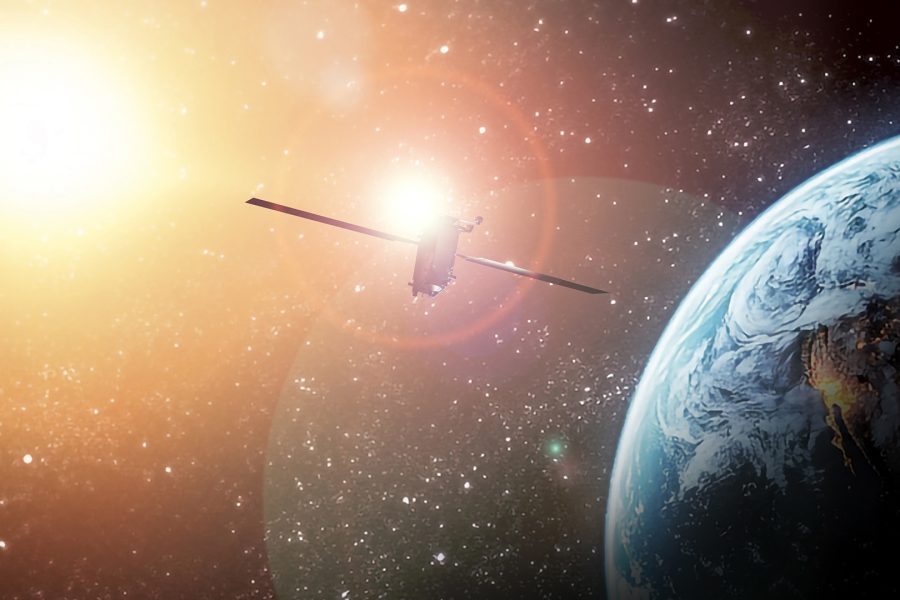The Space Force has tapped Boeing to build up to four new satellites for the critical nuclear command, control, and communications mission.
The contract award, announced by Space Systems Command July 3, is valued at $2.8 billion for the first two satellites, with an option for two more, as part of the Evolved Strategic SATCOM program.
“This delivery will support Initial Operational Capability and is the first step in a phased approach to rapidly proliferate a diverse satellite constellation,” SSC said in a release.
The first two satellites are expected to be delivered by 2031, Boeing said in a release. The Space Force plans to reach IOC by 2032.
ESS will take on the nuclear mission currently being performed by the Space Force’s Advanced Extremely High Frequency satellite constellation. The AEHF spacecraft provide both tactical and strategic communications, but the service is splitting those missions as part of an effort to proliferate more satellites and increase its resilience.
The program is a key element of the Pentagon’s sweeping modernization program for its nuclear enterprise. While much of the focus for that effort has been on the Air Force’s Sentinel ICBM and B-21 bomber, officials and experts say NC3—which encompasses a multitude of different systems across the military—is essential and in dire need of upgrades.
Evolved Strategic SATCOM is the “backbone” of that, according to Pentagon budget documents. Nuclear forces across the globe will use it for secure, jam-resistant communications with the president and the combatant commands, allowing decision-makers to maintain positive control over the nuclear arsenal, the Defense Department stated.
It’s also one of the biggest pieces of the Space Force’s entire budget. In the recent 2026 request, the service asked for $1.29 billion for the program—4.9 percent of the entire base budget and 3.2 percent of the total budget once reconciliation funds are included.
In its release, Space Systems Command indicated the space segment of the program alone will wind up costing around $12 billion. The Space Force has not officially declared yet how many satellites will make up the ESS constellation, but SSC said that “additional satellites are planned to be procured through fixed price contract actions that may be awarded as sole source to support Full Operational Capability and attain global coverage, including enhanced Arctic capability.”
For this first batch of satellites, Boeing beat out Lockheed Martin and Northrop Grumman, who both worked on the AEHF program and earned rapid prototyping contracts for ESS back in 2020.
“Today’s award culminates nearly five years of industry competition and Government partnership to show the Space Force’s readiness to spearhead the modernization of the NC3 enterprise with the development and production of the ESS weapon system,” Col A.J. Ashby, program director, said in a statement.
It’s also another big multibillion-dollar win for Boeing after it was selected to build the Air Force’s Next-Generation Air Dominance Fighter, the F-47, earlier this year.
“The U.S. needs a strategic national security architecture that works without fail, with the highest level of protection and capability,” Kay Sears, vice president and general manager of Boeing Space, Intelligence, and Weapon Systems, said in a statement. “We designed an innovative system to provide guaranteed communication to address an evolving threat environment in space.”


